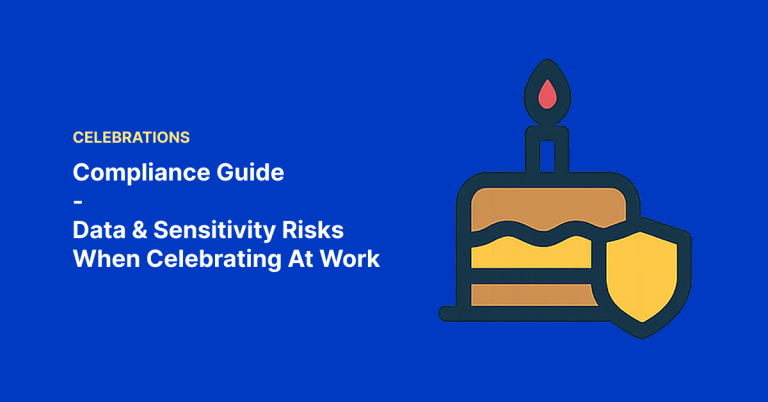
As remote work becomes more prevalent, research shows employees are struggling with balancing new dynamics like isolation and lack of boundaries between work and personal life. Over 50% of remote staff report frequent exhaustion, while 41% have difficulty unplugging after hours.
This rise of remote burnout signals an important issue for leaders and HR to thoughtfully address. At our organization, employee wellbeing is a top priority. Workers facing regular burnout tend to develop more physical illnesses while displaying lower engagement, productivity and higher turnover intent according to studies. Replacing staff also proves costly.
Preventing and alleviating remote burnout is crucial for maintaining workforce resiliency and continuity in uncertain times. In this guide, we explore constructive solutions leaders can implement to sustain staff effectiveness while prioritizing balance, health and inclusivity.
Table of Contents
The Remote Work Burnout Crisis
Research indicates remote employees face over twice the burnout risk compared to on-site staff. Over 75% of burned out workers deliver lower quality work while displaying 3x higher resignation intent per Atlassian surveys.
A primary driver seems to be eroded boundaries from constant connectivity expectations and isolation. Without purposeful change, resignation likelihoods increase while morale and output plunge. This crisis requires compassionate understanding paired with proactive support systems.
The Role of HR in Addressing Remote Work Burnout
As culture stewards, HR plays an integral role in developing infrastructure to prevent remote employee burnout through:
Consistent Team Communication
- Setting expectations that managers facilitate regular check-ins creates rhythms of connectivity.
- Virtual social events, offsites or interest groups enable organic relationship building to flourish.
- Periodic pulse surveys allow real-time issues identification so we can provide support swiftly.
Exceptional Onboarding
- Comprehensive onboarding with ample 1-on-1 guidance accelerates role clarity and capability.
- Assigning onboarding mentors who befriend new remote hires speeds connection building.
- Seeking ongoing newcomer feedback fosters program improvement so future transitions ease burnout risk.

Effective Collaboration
- Selecting versatile team communication platforms like Slack improves transparency, alignment and social bonds.
- Cross-functional projects spur innovation while diversifying interactions and networking opportunities.
- Team celebrations for milestones infuse energy and reinforce shared missions.
Individual Recognition
- Peer recognition programs allowing customizable rewards and shoutouts facilitate positive reinforcement and gratitude.
- Manager 1-on-1s focused on wins, goals, and struggles makes space for growth and supports mental health.
- Spotlighting remote staff successes organization-wide inspires others while making individuals feel deeply valued

Tracking Progress
Leveraging burnout-related data through engagement survey results, program analytics and turnover metrics allows real-time insights to advance burnout prevention plans. Success stories demonstrate our commitment to nurturing distributed staff wellness.
But it’s about more than numbers. Visible monitoring and compassionate communication conveys the deep bonds between wonderful individuals and our organization.
Burnout Prevention Tracking Checklist
To closely track remote burnout risk and program effectiveness, HR can monitor metrics including:
Engagement Survey Results
- Burnout risk overall ratings and segmented by team, tenure, etc.
- Energy levels, exhaustion, work-life balance ratings
- Productivity, concentration, and daily motivation ratings
- Comparison to previous survey and industry benchmark data
Program Analytics
- Attendance and participation rates in wellness initiatives like workshops, resilience training, etc.
- Platform usage statistics for collaboration tools, internal social networks
- Frequency data of 1-on-1s, team meetings, social events
- Qualitative feedback on program satisfaction and suggestions
Turnover and Retention Metrics
- Overall employee churn percentages
- Remote employee churn segmented by tenure, manager, etc.
- Quantitative exit data citing burnout as reason for resignation
- Qualitative exit interview themes related to burnout risk factors
Frequently revisiting this burnout prevention checklist enables ongoing enhancements to workforce support programs as employee needs evolve. But most importantly, it sustains focus on employee wellbeing.
Final Thoughts
With understanding and evidence-based action, HR plays an invaluable role in implementing holistic burnout risk relief across companies. But solutions must honor the humanity in human resources through compassion and commitment to nurturing staff wellness.
While comprehensive in intention, the volume of programming and metrics tracking involved in burnout prevention can also risk overwhelm. Thankfully, efficient tools exist to automate elements of the employee support process.
Platforms like CultureBot integrate pulse surveys, event management, recognition programs, peer-to-peer social engagement opportunities and more under one system. Automating time-intensive coordination and engagement analytics allows teams more space to focus on relationship building with individuals.
Consider leveraging supportive technologies alongside thoughtful policies and infrastructure to demonstrate deep, active caring for the wonderful individuals ultimately comprising every organization.






